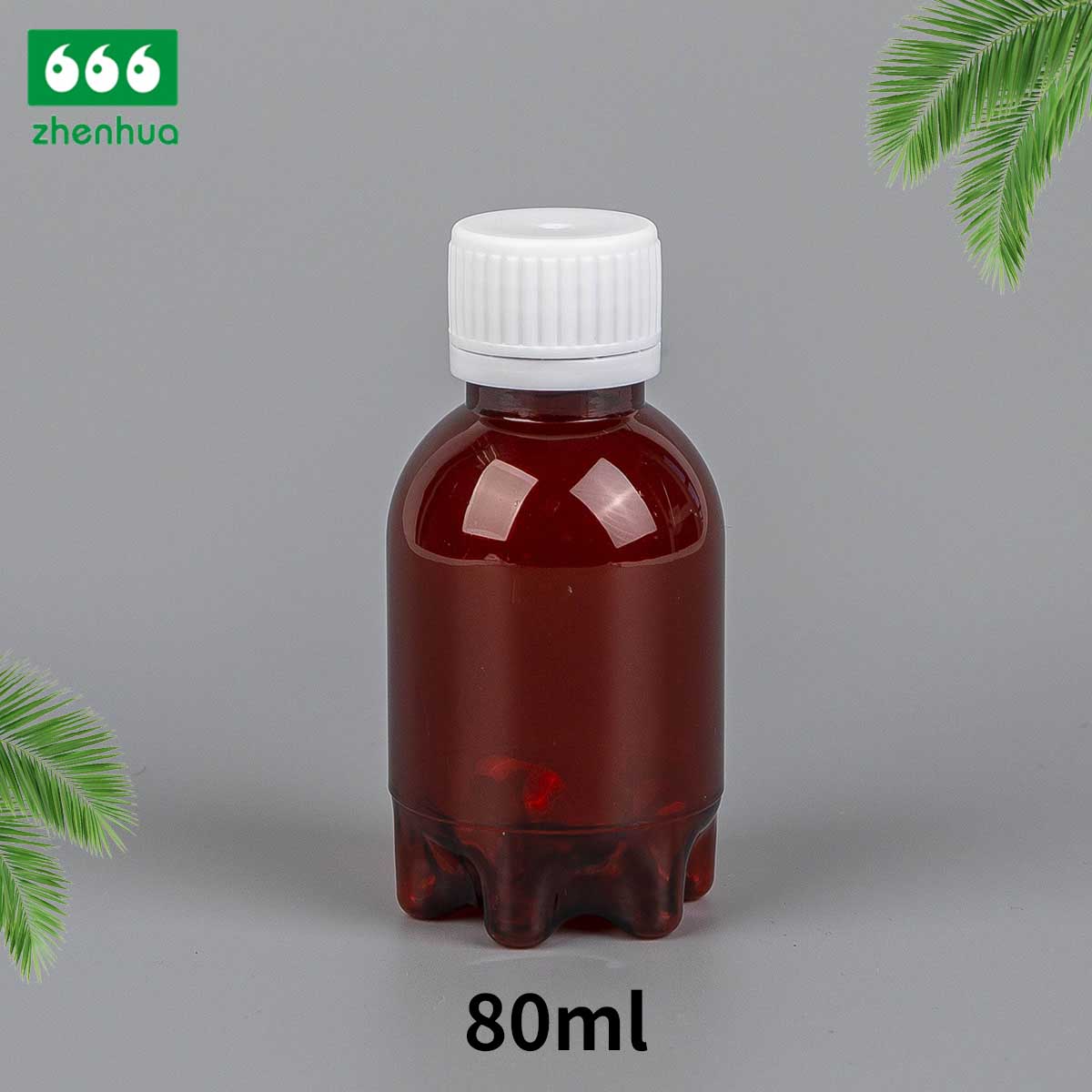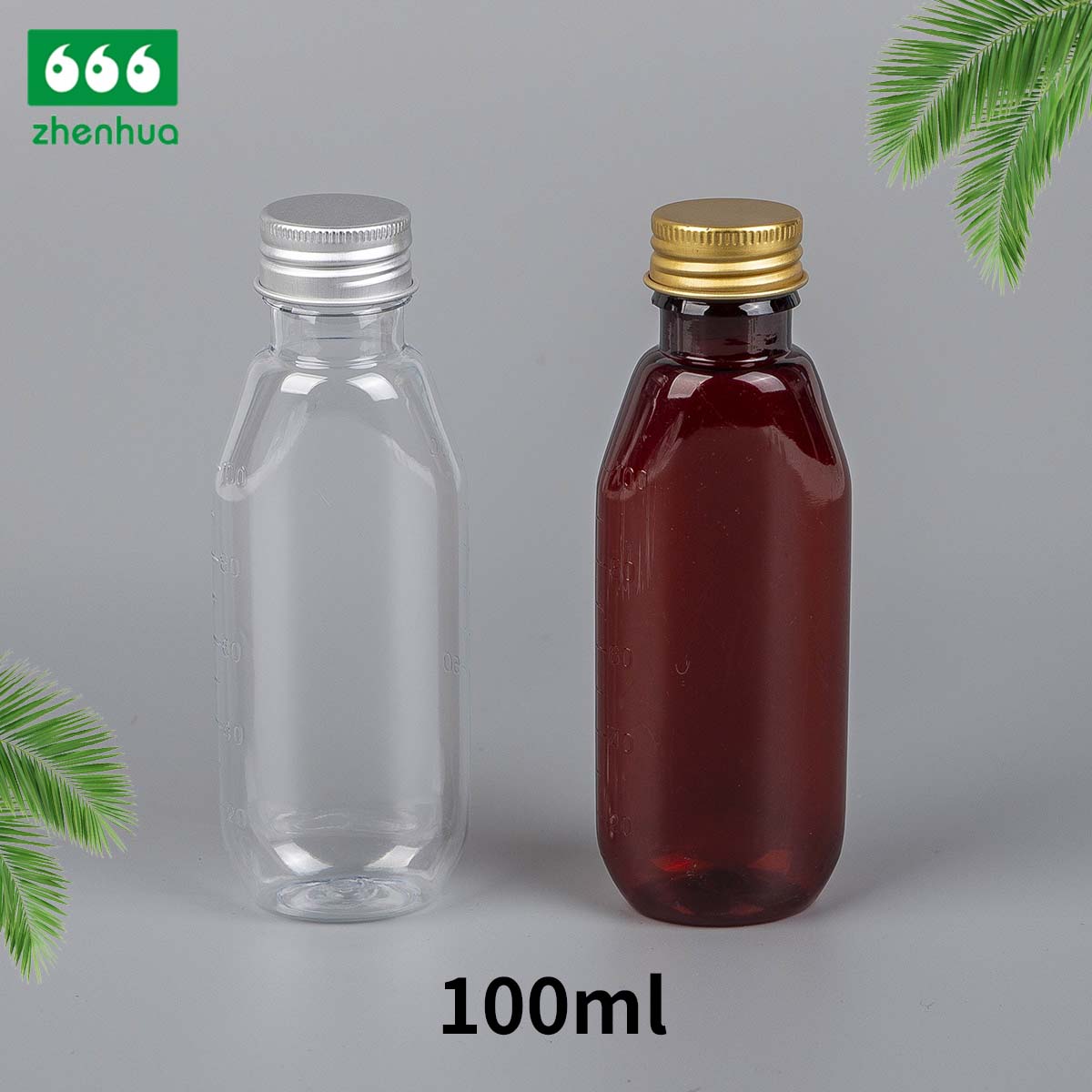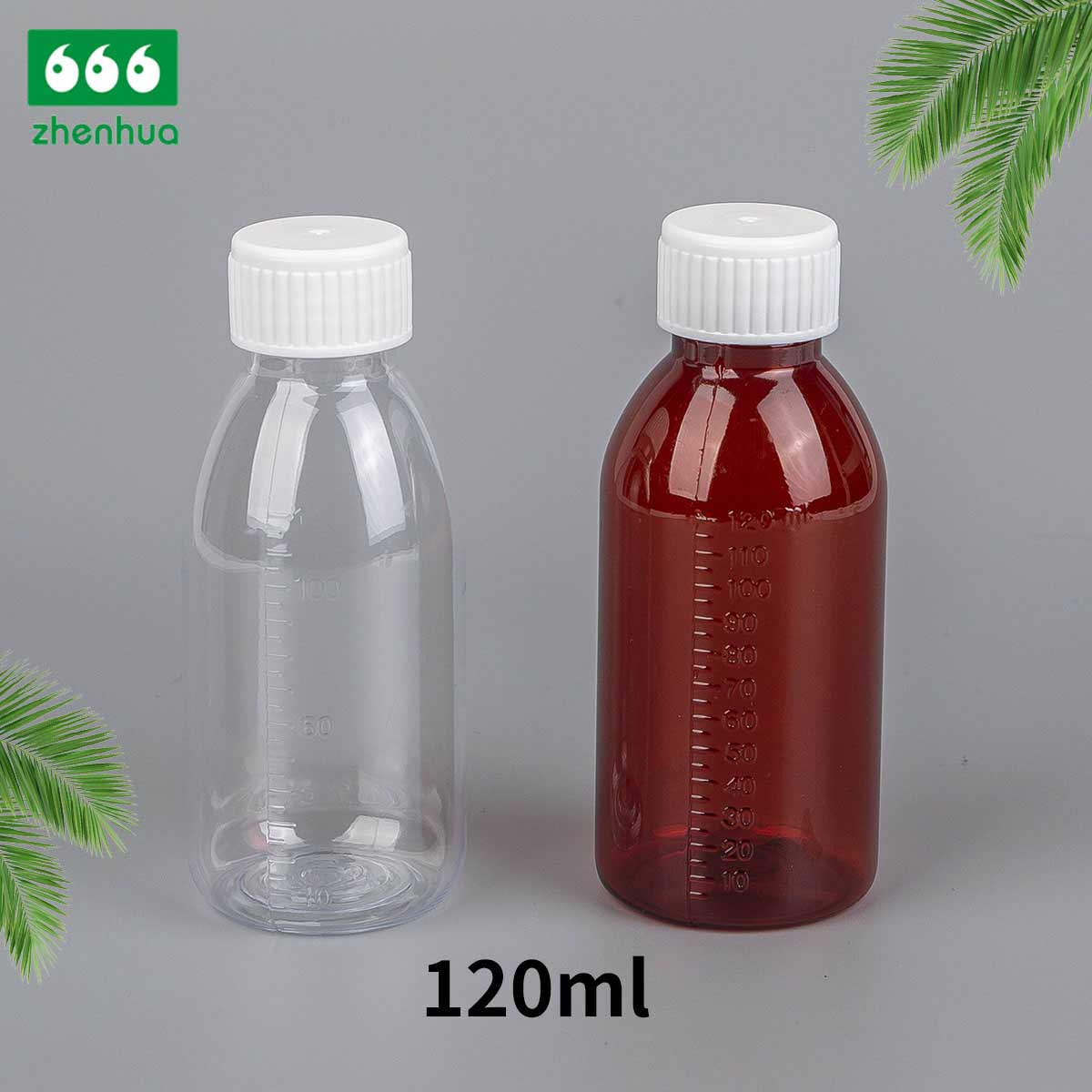Industry News
Home / News / Industry News / Plastic Solid Medicine Bottles: Keeping Your Medications Safe and Secure
Plastic Solid Medicine Bottles: Keeping Your Medications Safe and Secure
Date:2023-10-13
Introduction to Plastic Solid Medicine Bottles
Plastic solid medicine bottles are specifically designed containers for holding various forms of solid medications, such as tablets, capsules, or pills. These bottles are typically crafted from high-quality plastics like polyethylene or polypropylene, ensuring the safety and integrity of the enclosed pharmaceuticals.
1. Protection from Environmental Factors
One of the primary purposes of plastic solid medicine bottles is to protect the medications inside from environmental factors. Solid medications can be sensitive to moisture, air, and light, which can compromise their efficacy. Plastic bottles serve as a protective barrier, shielding the contents from these elements and maintaining the medication's potency.
2. Child-Resistant Packaging
Safety is a top priority in healthcare, especially when it comes to medications. Many plastic solid medicine bottles are equipped with child-resistant caps, adding an extra layer of security. These caps are intentionally designed to be difficult for young children to open, reducing the risk of accidental ingestion and promoting safe storage in households with children.
3. Tamper-Evident Features
In addition to child-resistant caps, plastic solid medicine bottles often incorporate tamper-evident features. These features provide visible evidence of tampering, assuring patients that their medication has not been compromised. This is particularly important in maintaining patient trust and safety.
4. Easy Dispensing and Identification
Plastic medicine bottles for solid medications are designed with user convenience in mind. They typically include labeling that provides crucial information, such as dosage instructions, expiration dates, and medication names. The uniformity of these containers also allows for easy stacking and storage in pharmacies and households.
5. Lightweight and Portable
Compared to glass bottles, plastic solid medicine bottles are lightweight and more manageable. This characteristic is especially significant for patients who need to transport their medications, ensuring ease of use and portability.
6. Durability and Resistance to Breakage
Unlike glass bottles, plastic containers are less prone to breakage if dropped. This reduces the risk of injury to patients or healthcare providers and ensures the longevity of the medication's storage.
7. Cost-Effective Production
Plastic solid medicine bottles are generally more cost-effective to produce than glass containers. This cost efficiency can lead to savings for pharmaceutical companies, ultimately benefiting patients by helping to keep medication costs in check.
8. Customization and Branding
Pharmaceutical companies often utilize plastic solid medicine bottles as a means of branding and product differentiation. These bottles can be easily customized with labels, logos, and branding elements to make the medication easily recognizable to patients.
9. Environmental Considerations
While plastic is a common choice for solid medicine bottles, there is an increasing awareness of environmental concerns related to plastic waste. As a result, some pharmaceutical companies are making efforts to use recyclable or eco-friendly plastics and reduce packaging waste.
2.jpg)
Plastic solid medicine bottles are specifically designed containers for holding various forms of solid medications, such as tablets, capsules, or pills. These bottles are typically crafted from high-quality plastics like polyethylene or polypropylene, ensuring the safety and integrity of the enclosed pharmaceuticals.
1. Protection from Environmental Factors
One of the primary purposes of plastic solid medicine bottles is to protect the medications inside from environmental factors. Solid medications can be sensitive to moisture, air, and light, which can compromise their efficacy. Plastic bottles serve as a protective barrier, shielding the contents from these elements and maintaining the medication's potency.
2. Child-Resistant Packaging
Safety is a top priority in healthcare, especially when it comes to medications. Many plastic solid medicine bottles are equipped with child-resistant caps, adding an extra layer of security. These caps are intentionally designed to be difficult for young children to open, reducing the risk of accidental ingestion and promoting safe storage in households with children.
3. Tamper-Evident Features
In addition to child-resistant caps, plastic solid medicine bottles often incorporate tamper-evident features. These features provide visible evidence of tampering, assuring patients that their medication has not been compromised. This is particularly important in maintaining patient trust and safety.
4. Easy Dispensing and Identification
Plastic medicine bottles for solid medications are designed with user convenience in mind. They typically include labeling that provides crucial information, such as dosage instructions, expiration dates, and medication names. The uniformity of these containers also allows for easy stacking and storage in pharmacies and households.
5. Lightweight and Portable
Compared to glass bottles, plastic solid medicine bottles are lightweight and more manageable. This characteristic is especially significant for patients who need to transport their medications, ensuring ease of use and portability.
6. Durability and Resistance to Breakage
Unlike glass bottles, plastic containers are less prone to breakage if dropped. This reduces the risk of injury to patients or healthcare providers and ensures the longevity of the medication's storage.
7. Cost-Effective Production
Plastic solid medicine bottles are generally more cost-effective to produce than glass containers. This cost efficiency can lead to savings for pharmaceutical companies, ultimately benefiting patients by helping to keep medication costs in check.
8. Customization and Branding
Pharmaceutical companies often utilize plastic solid medicine bottles as a means of branding and product differentiation. These bottles can be easily customized with labels, logos, and branding elements to make the medication easily recognizable to patients.
9. Environmental Considerations
While plastic is a common choice for solid medicine bottles, there is an increasing awareness of environmental concerns related to plastic waste. As a result, some pharmaceutical companies are making efforts to use recyclable or eco-friendly plastics and reduce packaging waste.
2.jpg)
Recommend
The Surge in Demand for Plastic Solid Medicine Bottles in the Pharmaceutical Industry
28 /02
The pharmaceutical industry is one of the most dynamic sectors in the global market, with innovation...
The Rise of the Plastic Spray Bottle in Consumer and Industrial Markets
21 /02
The global market for household products has seen rapid growth in recent years, driven by innovation...
The Growing Demand for Plastic Measuring Cups in the Global Market
14 /02
The global kitchenware industry has seen a steady rise in the demand for practical and affordable ki...

 en
en
 English
English 中文简体
中文简体

1.jpg)

.jpg)
.jpg)







